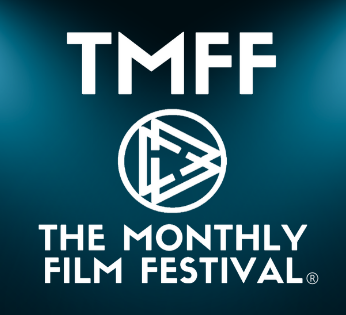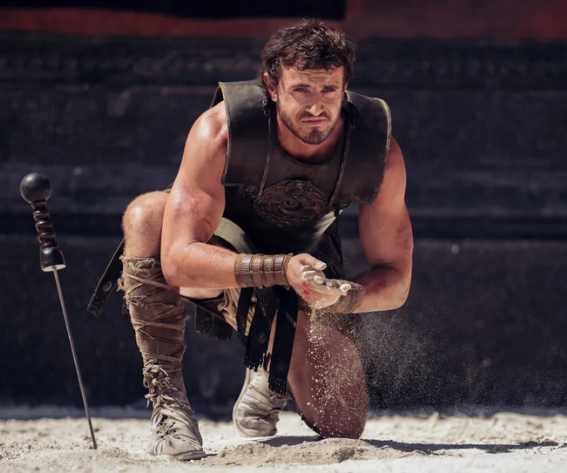Blockbuster films are never just films; they have revolutionized how we consume media, tell stories, and use technology. From the technologically groundbreaking, visually breathtaking world of Avatar to the spectacular historical epic of Gladiator and the interconnected storytelling universe of The Avengers, these films have left an indelible mark on popular culture and beyond.
As we move into 2025, the cultural influence of these milestones continues to expand. Their technological innovations, narrative techniques, and cultural reach are still shaping the entertainment industry, from streaming and virtual reality to modern approaches to storytelling in film.
How Blockbusters Changed Visual Effects and Filmmaking
One of the most significant contributions of blockbusters has been their role in driving technological advancements.
The Avatar Effect: CGI and Immersive Storytelling
When Avatar premiered in 2009, it redefined the film industry. James Cameron’s groundbreaking use of CGI, motion capture, and 3D technology set a new standard for storytelling. The movie’s hyper-realistic world of Pandora pushed filmmakers to embrace cutting-edge visual effects, influencing everything from video game development to the widespread adoption of virtual production techniques.
In 2025, many of Avatar’s innovations continue to shape the media landscape:
- Photorealistic CGI – More contemporary films now rely on photorealistic CGI, whether depicting fantasy worlds or intergalactic adventures.
- Virtual Production – Techniques used in The Mandalorian and upcoming sci-fi productions build on Avatar’s legacy, replacing green screens with real-time interactive environments.
- 3D & VR Integration – While the 3D film craze has faded, Avatar’s influence is evident in the rise of VR storytelling, allowing audiences to step into virtual worlds like never before.
Historical Epics and the Cinematic Revival of the Past
Films like Gladiator reignited interest in historical dramas. Before its release in 2000, major studios had largely abandoned the costly sword-and-sandal epics. However, Gladiator’s success revived enthusiasm for historical storytelling.
Its influence has been extensive:
- TV and Streaming Boom – Shows like Game of Thrones and Vikings adopted Gladiator’s gritty realism, intense action sequences, and political intrigue.
- Historical Authenticity Meets Spectacle – Modern historical epics strive to balance visual spectacle with accurate representations of ancient civilizations.
- Museum & Academic Interest – Gladiator sparked renewed interest in Roman history, inspiring documentaries and books that explore the era in greater depth, proving that films can shape public fascination with the past.
The Avengers and the Birth of the Cinematic Universe Model
Marvel’s The Avengers (2012) did more than break box office records—it revolutionized the franchise model. Before its success, film franchises followed a mostly linear sequel structure. Marvel transformed the approach by interweaving multiple storylines across films, television, and streaming media, creating an interconnected universe that became an industry standard.
Its legacy continues to shape entertainment today:
- Franchise Expansion – Studios now prioritize interlinked stories, from Star Wars spin-offs to The Witcher universe, following Marvel’s blueprint.
- Streaming & Multiverse Storytelling – Platforms like Disney+ and HBO Max produce spin-off series that expand on established movie universes, keeping fans engaged year-round.
- Crossover Appeal – The success of The Avengers paved the way for interconnected storytelling across multiple mediums, including comics, video games, and live-action adaptations.
Blockbuster Influence Beyond Film: Pop Culture, Music, and Fashion
The impact of blockbusters extends beyond the big screen, influencing fashion, music, gaming, and even social movements.
- Fashion Trends & Costumes – Gladiator’s rugged aesthetic revived interest in Roman-era clothing, while Avatar’s futuristic visuals inspired new fashion trends. Superhero costumes and medieval armor replicas remain popular in cosplay and streetwear.
- Soundtracks & Musical Trends – Hans Zimmer’s score for Gladiator remains one of the most iconic film compositions, setting a precedent for video game soundtracks and historical epic scores. Likewise, The Avengers theme became synonymous with heroism and cinematic spectacle.
- Social & Environmental Movements – Avatar’s themes of environmental conservation and indigenous rights continue to resonate, inspiring real-world activism on ecological and social issues.
- Movie-Themed Gaming – Blockbuster films have also left their mark on the gaming industry, influencing everything from AAA video games to themed casino experiences. Movie-themed pokies have turned into a trending hit at online casinos like online pokies Australia payid, where fans can enjoy interactive slot games inspired by their favorite films.
Looking Ahead: How Blockbusters Will Shape the Future
As storytelling evolves, blockbusters will continue leading media innovation. The rise of AI, virtual reality, and immersive content ensures that future films will offer engagement in ways previously unimaginable.
- AI-Driven Content Creation – Machine learning is already enhancing visual effects, de-aging performers, and producing hyper-realistic digital performances.
- Interactive Experiences – The future of film may not be passive. With advances in VR and augmented reality, audiences could participate in their favorite movies, influencing narratives through interactive choices.
- Sustainable Filmmaking – As concerns over climate change grow, major productions are adopting greener practices, from virtual sets to reducing on-location carbon footprints.
Blockbuster films reflect society’s greatest hopes, fears, and aspirations. As technology continues to advance, their impact will only expand, redefining not just cinema but also the way we engage with stories across all forms of media.
Even years later, films like Avatar, Gladiator, and The Avengers continue to shape entertainment. Whether through visual effects, cultural impact, or storytelling techniques, they stand as proof that great stories never fade—they evolve.









Leave a reply